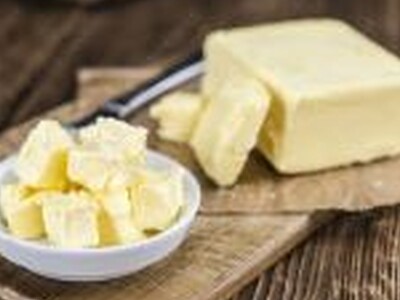2010 Pulse Crop Update Part 2
2010 Pulse Crop Update Part 2. I’m Greg Martin with today’s Line On Agriculture.
This past harvest was a good one for northwest pulse crops which include dry peas, lentils and chickpeas. Prices have been above the 10 year average after the Canadian crop showed a decline in quality. Tim McGreevy, Executive Director for USA Dry Pea & Lentil Council says the northwest is a prime provider for pulse crops.
MCGREEVY: They are a significant grower. These crops are grown all across the northern tier; Washington and Idaho are of course the traditional growing regions in the United States but there’s also a lot of production now in Montana and North Dakota so we raise some certain varieties of lentils and green peas that here in the northwest , green peas for example we have a really good canning pea here in the Pacific Northwest and good quality. In terms of lentils we really are the only place in the country right now, in North America that’s raising any good quality Pardina type lentils which are primarily sent to Spain; a little bit to Columbia and Peru
He says that the export markets have been very strong for both peas and lentils.
MCGREEVY: The export market has some challenges. Right now we’re working on a challenge that we have in India which is a phytosanitary barrier we’ve run up against that sales have kind of come to a halt for our dry peas which we ship a significant quantity amount. India’s our largest market and we shipped about - almost 200-thousand metric tons into India this past year.
They are currently working with the Indian government to fix the issue and return the export market to their earlier levels. Overall, McGreevy says the 2010 crop year was a good one.
MCGREEVY: In terms of the season, the good news is 2010 was a fairly good quality year and an especially good quality year in the Pacific Northwest for dry peas, lentils and chickpeas. Chickpea sales remain very strong on the domestic market. Kind of an interesting story there. About 80% of all the chickpeas grown in the United States are grown right here in the Pacific Northwest, in Washington and Idaho. And most of that production now a lot of it is heading into hummus manufacturing.
If you are unfamiliar with hummus it is a combination of chickpeas and sesame seeds with various herbs and spices mashed and served usually as a dip for crackers or veggies.
MCGREEVY: Hummus is one of the fastest growing snack foods in the United States. We are very excited about hummus and producers have been able to do well with chickpea production.
That’s today’s Line On Agriculture. I’m Greg Martin on the Ag Information Network.

















